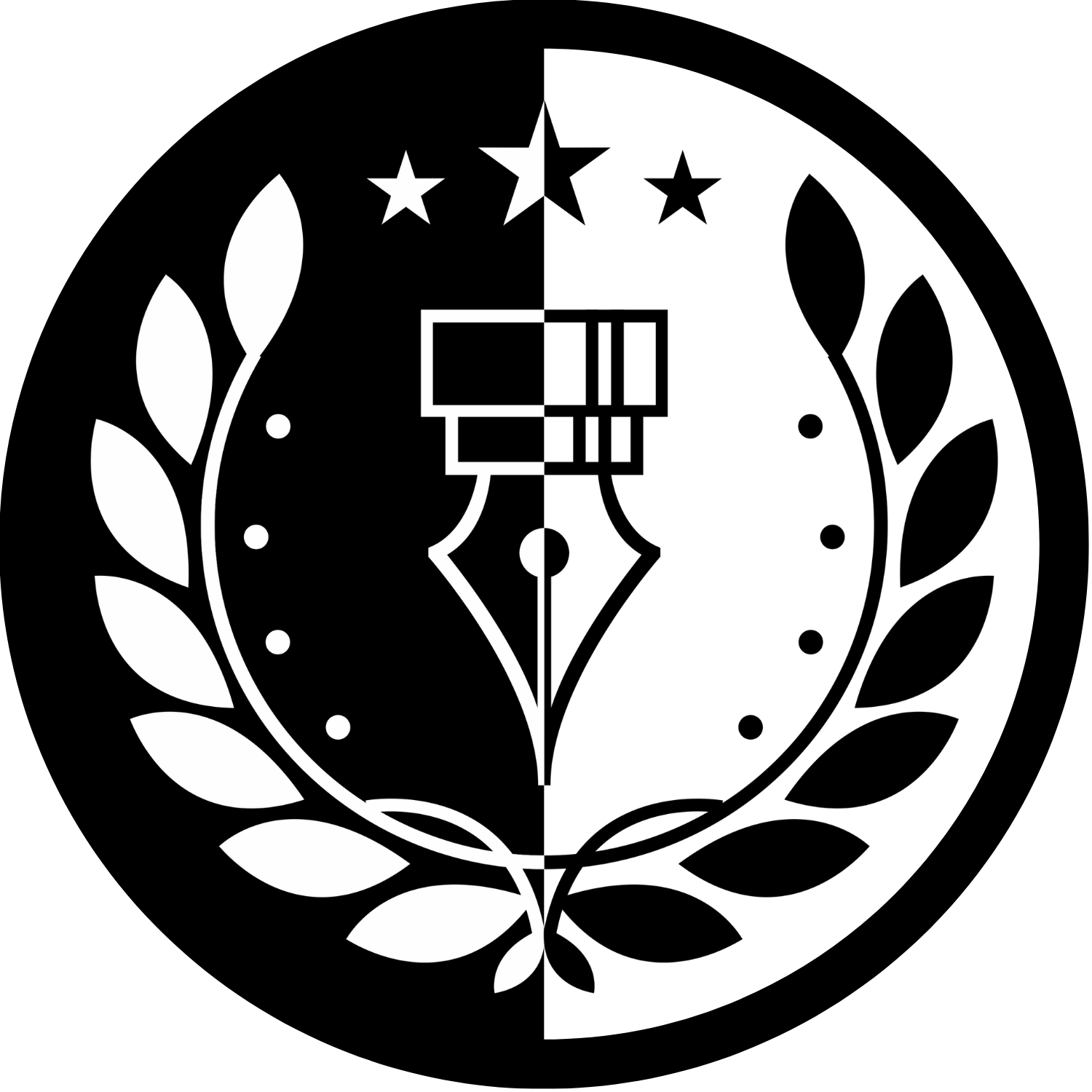Eye blinking powers the battery — a new technology
- Paradoxical Quotes Publisher

- Oct 17, 2022
- 2 min read

In BulletsIt is apparent that technologies have transformed the world and most of it today's world is because of technology. And among these technologies, the use of wearable gadgets and medical devices notably increased. But these gadgets come with particular battery life, needing to replace or recharged, limiting their full potential. For example, today smart-contact lenses are more than just correcting vision. These lenses deliver drugs, detect glucose levels in diabetic people, monitor brain activity, and even entertain, but with particular battery life. In a recent study, researchers created a tiny battery that powers by blinking eyes. The battery relies on the electrolytes in tears and oxygen in the air to function, eliminating the need to recharge or external power sources. The team integrated the battery into the smart-contact lens.
More information: Pourshaban et al. (2022). Eye Tear Activated Mg-Air Battery Driven by Natural Eye Blinking for Smart Contact Lenses. Advanced Materials Technologies. DOI:10.1002/admt.202200518
Journal information: Advanced Materials Technologies
Sorting out and treating plastic waste is a burden that the world carries. The process of plastic waste as a food source for microbes may turn these plastics into valuable substances. Researchers in a recent study demonstrated using plastic waste as a feedstock for bacteria to turn them into useful chemicals such as β-ketoadipate or polyhydroxyalkanoates. Even though soft food-packaging plastic, lightweight plastic, and even styrofoam can be used, scaling and the demand for those products may limit the potential of the process.
More information: Sullivan et al. (2022). Mixed plastics waste valorization through tandem chemical oxidation and biological funneling. Science. DOI:10.1126/science.abo4626
Journal information: Science
It may take decades for drugs to reach people from a laboratory. In a study, researchers described a new model called CODE-AE, which can screen new drugs to predict efficacy in humans. The technique can significantly accelerate drug discovery and precision medicine. Screening new compounds with precision may speed up the process of a drug-to-market journey.
More information: He et al. (2022). A context-aware deconfounding autoencoder for robust prediction of personalized clinical drug response from cell-line compound screening. Nature Machine Intelligence. DOI:10.1038/s42256-022-00541-0
Journal information: Nature Machine Intelligence



Comments